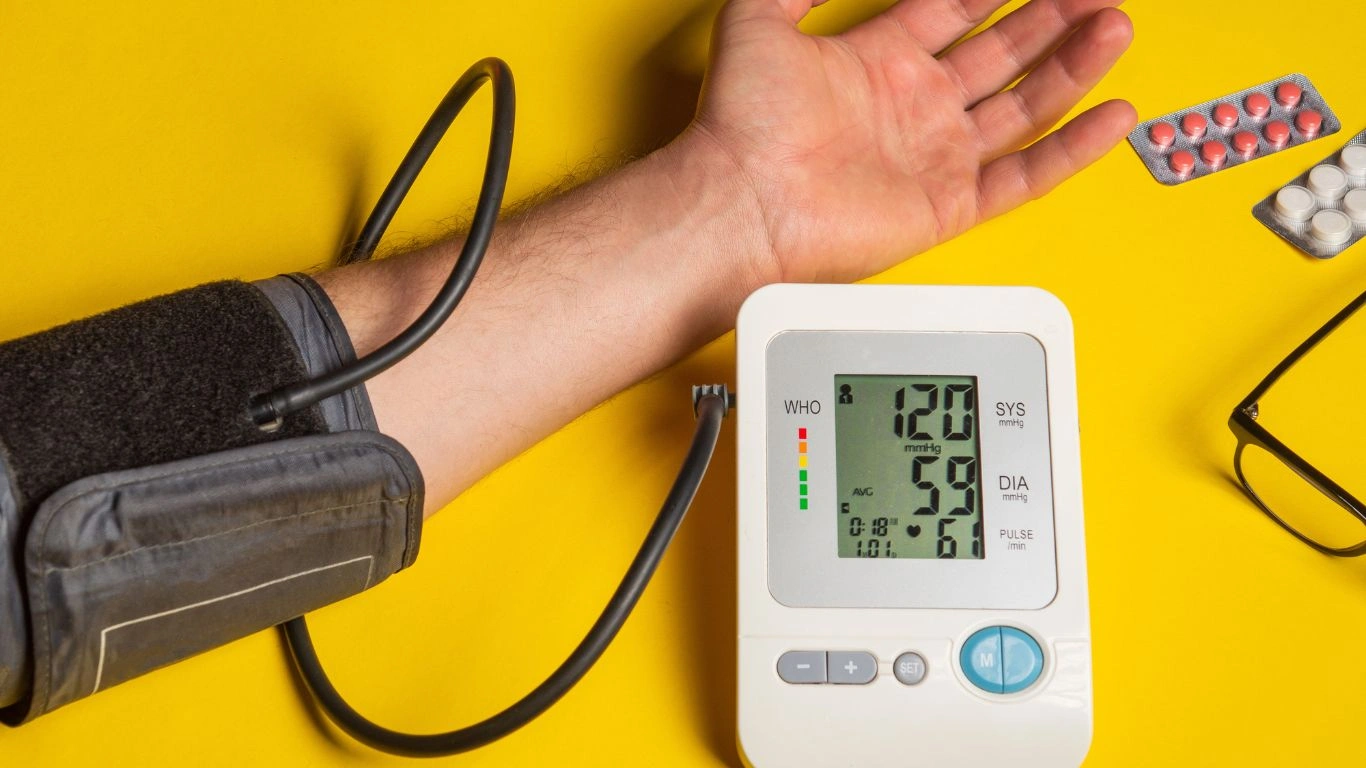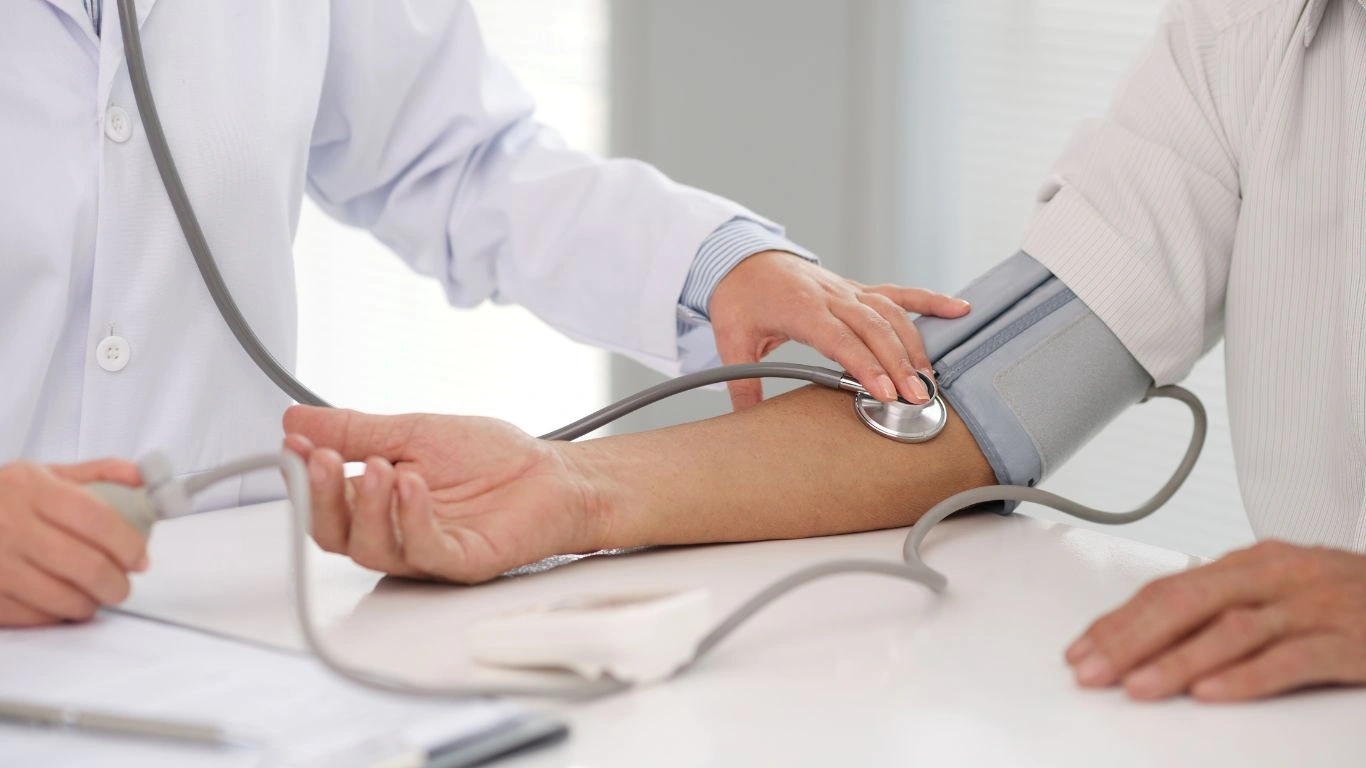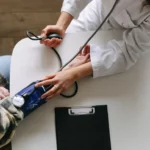How to Detect Hidden Sodium in Foods: A Comprehensive Guide
Looking to cut back on sodium but not sure where to start? Detecting hidden sodium in foods is a game-changer, and we’ve got all the tips to help you uncover it!
If you’re watching your sodium intake, you might be surprised to find out how much hidden sodium lurks in the foods you eat. It’s not just the obvious salty snacks that pack a punch. Processed foods, canned goods, sauces, and even some seemingly healthy options can hide high amounts of sodium. But don’t worry, with a little know-how, you can spot it and make smarter choices. In this article, we’ll dive into how to detect hidden sodium in your foods, so you can better manage your health and nutrition.
Why Sodium is Sneaky
We all know that too much sodium is bad for us, contributing to issues like high blood pressure and heart disease. But the tricky part is that sodium is often hidden in places where we least expect it. Even if you’re eating what you think is a healthy meal, it could still have a high sodium content. Foods like bread, soup, and salad dressings often have way more sodium than you realize.
The thing with sodium is that it’s not just about the salt you add at the table. Many processed foods come with their own hidden sodium, which makes it tough to keep track of. The good news is that once you know what to look for, detecting it becomes much easier.
How to Detect Hidden Sodium in Foods
1. Read Food Labels Carefully
The first line of defense in detecting hidden sodium is reading food labels. But not just any part of the label—the nutrition facts and ingredient list hold the key. Here’s what you should focus on:
- Nutrition Facts: Look for the “Sodium” line in the nutrition facts section. It’s typically listed in milligrams (mg). The recommended daily limit for sodium is about 2,300 mg for most adults, but it’s often better to aim for less if you’re managing health conditions like high blood pressure.
- Ingredient List: Ingredients are listed by quantity, so the first few ingredients are the ones that make up the bulk of the product. Sodium might be hidden under different names like monosodium glutamate (MSG), sodium bicarbonate (baking soda), or sodium nitrate. So, don’t just look for the word “salt”—be on the lookout for these sodium-containing compounds.

2. Beware of Processed and Packaged Foods
Processed foods are notorious for hiding sodium. You might think a veggie burger or a can of soup is a healthy option, but these items can be packed with sodium. Check these common offenders:
- Canned Vegetables and Soups: Many canned foods are preserved with added sodium. Even low-sodium or no-salt-added versions might still have a surprising amount of sodium compared to fresh or frozen produce.
- Frozen Meals and TV Dinners: These often contain large amounts of sodium, even though they may seem like a quick, healthy meal option. Processed meats like deli meats, sausages, and hot dogs are also high in sodium, so be cautious.
- Condiments and Sauces: Sauces, dressings, and condiments like soy sauce, ketchup, and mustard can contain lots of sodium. Even seemingly innocent options like salad dressings and marinades can add up quickly.

3. Know Which Foods Are Naturally High in Sodium
Some foods naturally contain more sodium than others. While these don’t contain hidden sodium per se, it’s still useful to know which foods to limit:
- Seafood: Naturally high in sodium, especially if you’re eating shellfish or salted fish like anchovies.
- Cheese: Many cheeses, especially processed varieties, contain high levels of sodium. Parmesan, feta, and blue cheese are among the worst offenders.
- Olives and Pickles: These foods are often packed in brine, making them sodium-rich.

4. Use a Sodium Calculator or App
In today’s digital world, there are plenty of apps that can help you track your sodium intake. Apps like MyFitnessPal or Fooducate allow you to scan barcodes and track your food’s nutritional content, including sodium levels. This is an easy way to stay on top of your sodium consumption and spot hidden sources.
5. Ask at Restaurants
When dining out, it’s hard to tell exactly how much sodium is in your meal. Some restaurants provide nutritional information on their menu, but if not, don’t hesitate to ask. Most places will be able to give you details on sodium content, especially if you have dietary restrictions or are trying to reduce your intake.
Tips for Reducing Hidden Sodium in Your Diet
Now that you know how to detect hidden sodium, here are some tips for cutting back:
1. Cook More at Home
When you cook at home, you have control over the ingredients, and you can limit the amount of salt you add to your meals. Experiment with using herbs and spices to add flavor without the sodium. Fresh vegetables, lean meats, and whole grains are great bases for home-cooked meals.
2. Use Salt Alternatives
If you’re craving that salty flavor, try using salt alternatives like potassium chloride, which can provide a similar taste without the harmful effects of sodium. There are also low-sodium versions of many condiments, so choose these when possible.
3. Rinse Canned Foods
If you can’t avoid canned goods, rinse them under water to remove some of the sodium. This can significantly reduce the sodium content, especially for vegetables and beans.
4. Limit Processed Snacks
Things like chips, crackers, and pretzels are loaded with sodium. Opt for fresh fruit, veggies, or unsalted nuts as snacks instead.
5. Choose Fresh or Frozen Over Canned
When possible, choose fresh or frozen produce over canned versions. Frozen veggies are typically just as nutritious as fresh and don’t come with added sodium. 
Appendices
FAQs
Here are some frequently asked questions about detecting hidden sodium:
- What are the health risks of consuming too much sodium? Too much sodium can lead to high blood pressure, heart disease, and kidney damage. It’s important to keep your sodium intake in check, especially if you have a history of cardiovascular issues.
- How much sodium should I be consuming daily? The recommended daily limit for sodium is around 2,300 mg for most adults, but it’s better to aim for less, particularly if you’re managing conditions like high blood pressure.
- Can I rely on “low-sodium” labels to avoid hidden sodium? Not always. “Low-sodium” products can still contain significant amounts of sodium, so always check the nutrition label to be sure.
- Are there any foods that don’t contain sodium? Most natural foods like fruits, vegetables, and unprocessed meats have little to no sodium, making them great choices for a low-sodium diet.
- How can I reduce sodium in my favorite recipes? You can reduce sodium in recipes by using fresh ingredients, reducing or omitting added salt, and experimenting with salt substitutes or herbs for flavor.
References
For more information on sodium and its effects on health, refer to these sources:
- American Heart Association. (2023). Sodium and Salt. Read Article
- National Institute of Health. (2022). The Hidden Sodium in Your Diet. Read Article
- Mayo Clinic. (2023). Sodium: How Much Should You Eat? Read Article
Disclaimer:
The information provided in this article is for educational purposes only and does not substitute for professional medical advice. Always consult your healthcare provider or nutritionist before making dietary changes. Sodium needs can vary based on individual health conditions, and professional guidance is crucial for personalized care.














